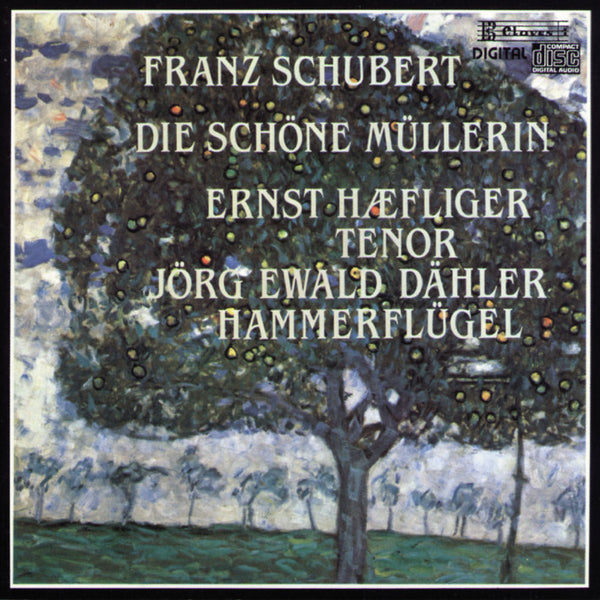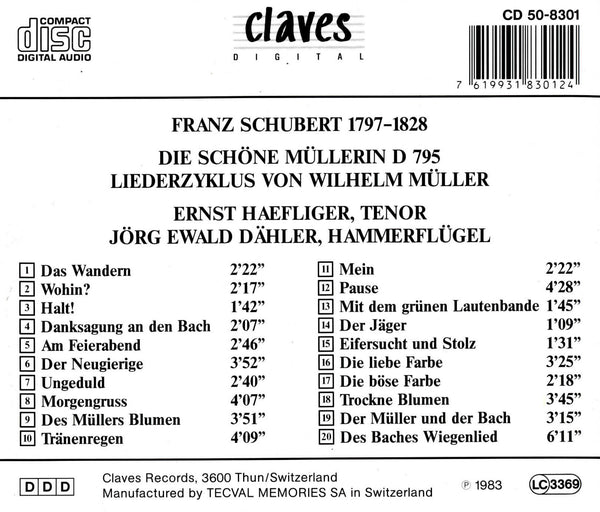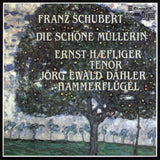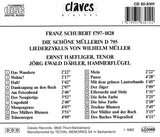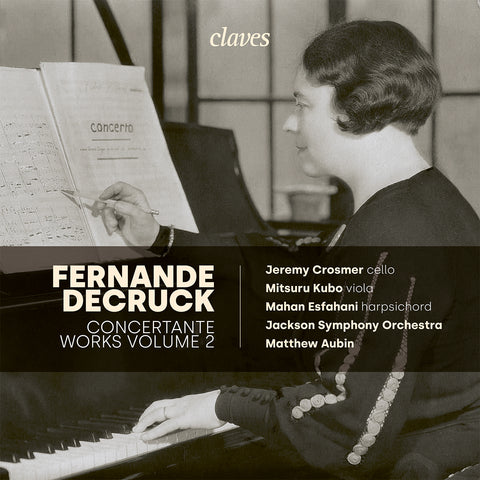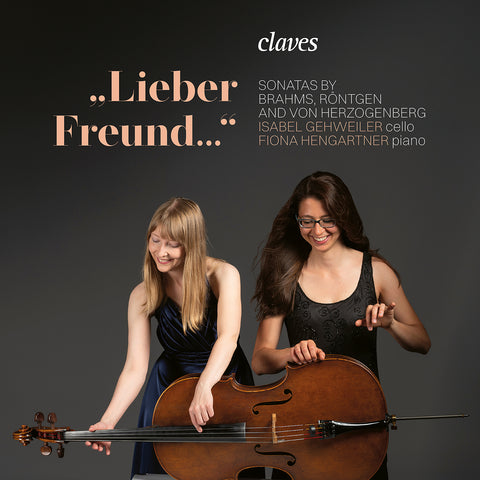(1983) Franz Schubert/Die Schöne Müllerin
Category(ies): Oper vocal
Instrument(s):
Vocal(s): Tenor
Main Composer: Franz Schubert
CD set: 1
Catalog N°:
CD 8301
Release: 1983
EAN/UPC: 7619931830124
- UPC: 829410487368
This album is now on repressing. Pre-order it at a special price now.
CHF 18.50
This album is no longer available on CD.
This album has not been released yet. Pre-order it from now.
CHF 18.50
This album is no longer available on CD.
CHF 18.50
VAT included for Switzerland & UE
Free shipping
This album is no longer available on CD.
VAT included for Switzerland & UE
Free shipping
This album is now on repressing. Pre-order it at a special price now.
CHF 18.50
This album is no longer available on CD.
This album has not been released yet.
Pre-order it at a special price now.
CHF 18.50
This album is no longer available on CD.
CHF 18.50
This album is no longer available on CD.
FRANZ SCHUBERT/DIE SCHÖNE MÜLLERIN
In the years 1823 and 1824, darkened by illness, Franz Schubert conceived a new form in the history of the Lie; he composed a cycle of 20 pieces that constitute a narrative similar to a short story. He tells the love story of a young miller with a heightened sensitivity, whom reality cruelly disappoints. Thus the action begins in an idyllic climate and ends in a dark atmosphere. Schubert used the verses of Wilhelm Müller (a gymnasium teacher and librarian in Dessau) in a surprising way: he retained the ironic and parodic character of the "Papers of an Itinerant Cornist" but deleted passages whose sentimentality seemed to him to be outdated and those whose bucolic tone mocked the Biedermeier style too visibly; he brought together episodes that recounted the sad story of a young miller by modifying some of the titles of the Lieder.
The cycle written for a tenor voice was intended for the enlightened amateur Karl Freiherr von Schönstein. The low register dominates, which seems to correspond to the timbre of Schubert's voice. The accompaniment is entrusted to the fortepiano. The middle notes of this instrument, which sound particularly warm and distinct, are often used, while the high register, which is clearer and sometimes aggressive, is hardly used at all.
The Lieder constitute twenty stations that represent the experiences of a young man facing his first and painful encounter with love and suffering. The cycle ends indefinitely: does the young miller rush into the liquid element that has accompanied him throughout the story in the form of the mill stream? Water is indeed the symbol of the incessant change of things. As in a short story, the hero is confronted with a series of characters: the capricious and coquettish miller's daughter, the master miller, a hunter who appears in a cannon to the sound of a horn. At the end of the cycle, as deeply wounded as the desperate hero of the "Winter Journey", the young miller no longer meets a single human being.
The simple and sometimes popular character of "Belle Meunière" is only apparent. From the first to the last bar, the cycle contains a profusion of rhythmic, melodic and contrapuntal refinements, even in the simplest strophic songs. This music avoids, so to speak, any violent accent; the essential lies in subtlety.
Translated from French by www.DeepL.com/Translator (free version)
In the years 1823 and 1824, darkened by illness, Franz Schubert conceived a new form in the history of the Lie; he composed a cycle of 20 pieces that constitute a narrative similar to a short story. He tells the love story of a young miller with a heightened sensitivity, whom reality cruelly disappoints. Thus the action begins in an idyllic climate and ends in a dark atmosphere. Schubert used the verses of Wilhelm Müller (a gymnasium teacher and librarian in Dessau) in a surprising way: he retained the ironic and parodic character of the "Papers of an Itinerant Cornist" but deleted passages whose sentimentality seemed to him to be outdated and those whose bucolic tone mocked the Biedermeier style too visibly; he brought together episodes that recounted the sad story of a young miller by modifying some of the titles of the Lieder.
The cycle written for a tenor voice was intended for the enlightened amateur Karl Freiherr von Schönstein. The low register dominates, which seems to correspond to the timbre of Schubert's voice. The accompaniment is entrusted to the fortepiano. The middle notes of this instrument, which sound particularly warm and distinct, are often used, while the high register, which is clearer and sometimes aggressive, is hardly used at all.
The Lieder constitute twenty stations that represent the experiences of a young man facing his first and painful encounter with love and suffering. The cycle ends indefinitely: does the young miller rush into the liquid element that has accompanied him throughout the story in the form of the mill stream? Water is indeed the symbol of the incessant change of things. As in a short story, the hero is confronted with a series of characters: the capricious and coquettish miller's daughter, the master miller, a hunter who appears in a cannon to the sound of a horn. At the end of the cycle, as deeply wounded as the desperate hero of the "Winter Journey", the young miller no longer meets a single human being.
The simple and sometimes popular character of "Belle Meunière" is only apparent. From the first to the last bar, the cycle contains a profusion of rhythmic, melodic and contrapuntal refinements, even in the simplest strophic songs. This music avoids, so to speak, any violent accent; the essential lies in subtlety.
Translated from French by www.DeepL.com/Translator (free version)
Return to the album | Composer(s): Franz Schubert | Main Artist: Ernst Haefliger







